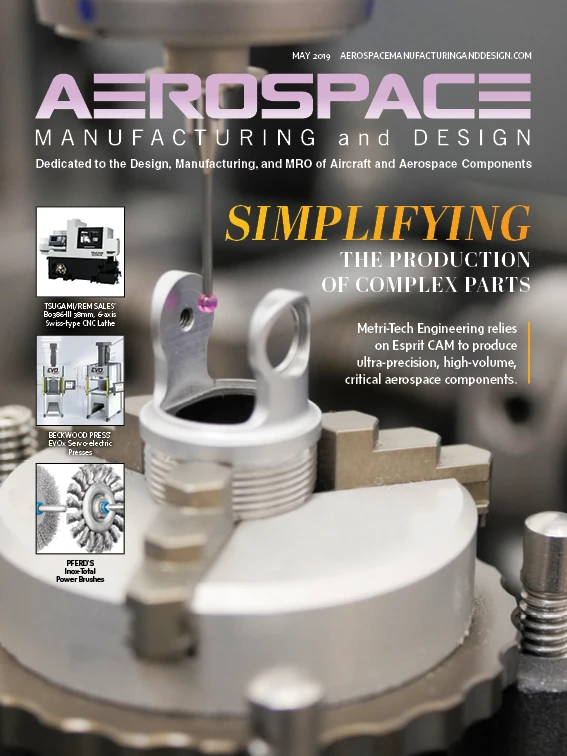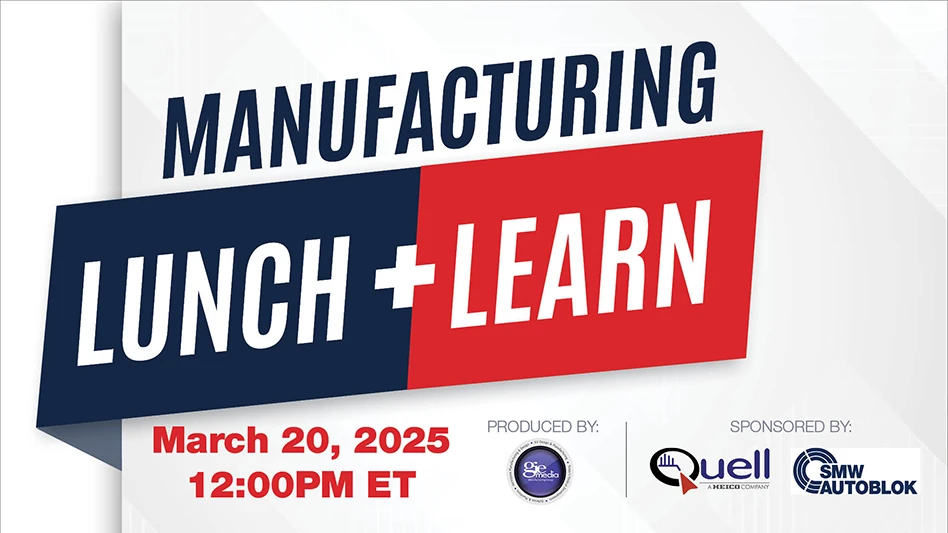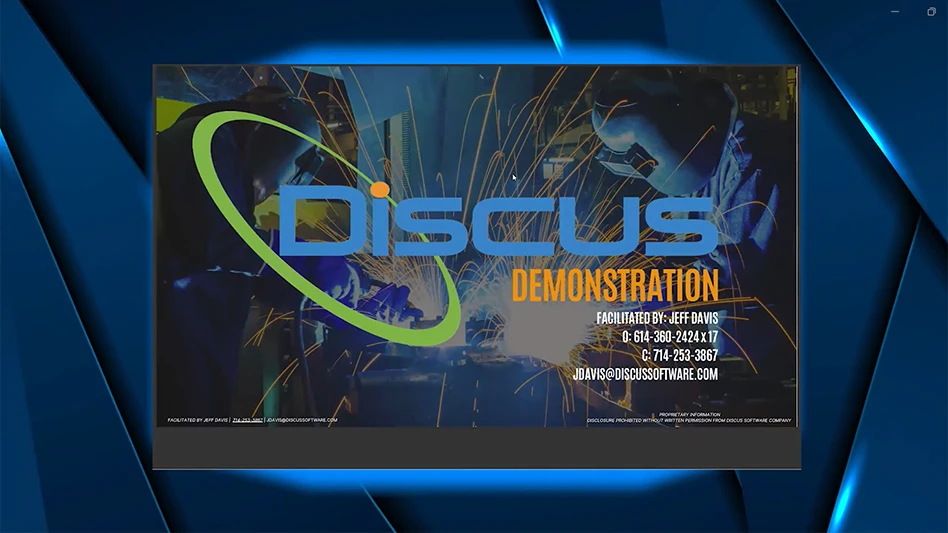
If you haven’t already, two acronyms to consider adding to your vocabulary are SBIR and STTR. The Small Business Innovation Research and Small Business Technology Transfer programs encourage U.S. small businesses (fewer than 500 employees) to apply for federal funding to help commercialize research and development innovations critical to national priorities. Among the dozen participating agencies, of potentially greatest interest to Aerospace Manufacturing and Design readers are the Department of Defense and NASA SBIR/STTR programs.
SBIR allows small businesses to develop technology with an incentive to profit from commercialization of their ideas or processes. Money is awarded through a competitive process, via two or three solicitations per year based on the agencies’ needs. Awards are given in three phases, with funds increasing for winners of each round. Phase I (6-month contract, $125,000 max. funding) lets businesses establish the scientific, technical, and commercial feasibility of the proposed innovation. Phase II (24-month contract, $750,000 max.) focuses on development, demonstration, and delivery of the proposals.
Examples of NASA’s research and development (R&D) needs have included power generation and energy storage technology for unmanned aircraft and deep-space exploration, autonomous intelligent systems, and wheel technology for future-generation Mars rovers.
Emerging small-business technologies of recent interest to the U.S. Air Force and Navy have included sensors, materials, artificial intelligence and machine learning, hypersonics, micro-electronics, and power and energy.
STTR programs differ slightly in emphasizing public-private sector partnerships by requiring the small business applicant to formally collaborate with university or non-profit research institutes in Phase I and Phase II. STTR Phase I contracts last for 12 months with a maximum funding of $125,000, and Phase II contracts last for 24 months with the maximum contract value of $750,000.
The ultimate goal of these joint venture opportunities is Phase III, the commercialization of innovative technologies, products, and services developed from earlier phase contracts. Phase III contracts are funded from non-SBIR/STTR sources and may be awarded without further competition, according to NASA’s SBIR/STTR website.
The JumpStart Entrepreneurial Network, a Northeast-Ohio non-profit venture development organization, gives compelling reasons to participate in SBIR, the foremost being a 1-in-5 chance of securing $150,000 to $1,000,000 in government capital.
During a recent panel discussion hosted by the Greater Cleveland Partnership, Air Force and Navy representatives agreed the SBIR/STTR programs help them move technology to market quickly.
“We need new, small businesses, non-traditional defense partners,” says the Navy Department’s Arveice Washington.
“We need to be cutting-edge with suppliers and create an ecosystem of strategic partnerships,” adds Elizabeth Pyne, Naval Surface Warfare Center - Crane Division. “We need to team sooner to transition technology faster.”
Let me know if you have first-hand experience with SBIR/STTR you’d like to share. – Eric
Get curated news on YOUR industry.
Enter your email to receive our newsletters.
Explore the May 2019 Issue
Check out more from this issue and find your next story to read.
Latest from Aerospace Manufacturing and Design
- Ralliant to establish global headquarters in North Carolina
- Philatron MIL-DTL-3432 military cables
- Beyond Aero refines its hydrogen-electric light jet
- Americase's advanced protective solutions
- Social media - what are your thoughts
- GE Aerospace secures Air Force engine contract
- Thomson Industries' online sizing and selection tool
- #53 - Manufacturing Matters - 2024 Leaders in Manufacturing Roundtable





